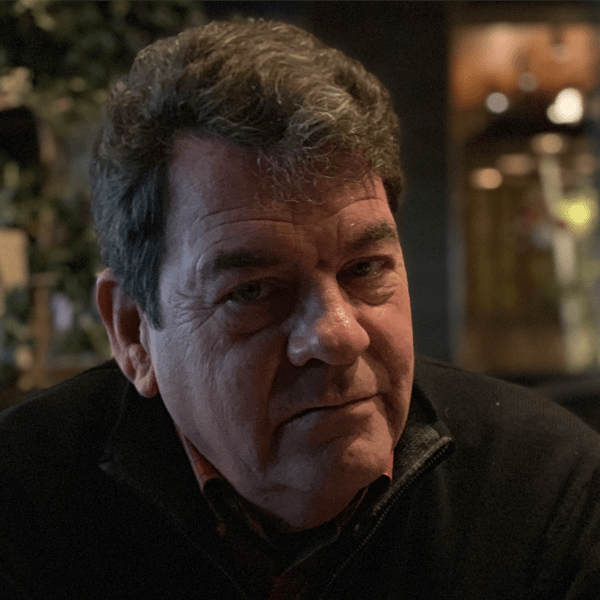
Michael Glancy talks how he became involved with metalwork at RISD.
02:49Michael Glancy talks about how he became involved with metalwork at RISD. Oral history interview with Michael Glancy by Barb Elam, conducted via telephone, October 9, 2018, Bard Graduate Center. Clip length: 02:49.
Michael Glancy: I was a student at Rhode Island School of Design. I came with an undergraduate degree, and four years of liberal arts, and that equipped me with the knowledge that—to do what I wanted to do as opposed to what someone expected me to do. And so I wanted to study glass with Dale Chihuly; I went to the School of Design with that specifically in mind. And the school, itself, requires you to take professional electives, and outside your department. I was only interested in—they had waived all of my liberal arts credits because I had all of that. I was just taking studio courses, and—to get a second BFA, and then to continue and get an MFA. And the school required that we take things outside our department, and so Dale was a good friend of Louis Mueller, the head of the jewelry department. And, you know, there’s just this symbiotic relationship between glass and metal that could be characterized through [René] Lalique’s work, for instance. Lalique was a goldsmith in Paris, when they passed a luxury tax that made his work prohibitively expensive. And to circumvent the luxury tax he got into glass, because it’s like in gems. And so the link between metal and glass, as well as—you can go all the way back to Egyptian times, the sarcophagus of Tutankhamun, for instance, it took them 20 years to realize that it’s all glass except for the lapis lazuli and the turquoise and the coral in the face. Those were real materials. And that’s not because it was a long walk to Turkey to get the lapis lazuli, which it was, but rather because to the Egyptians, to emulate nature so effectively was to put you on a parallel with the Creator. And so they were particularly interested in their ability, and their skill was of such a high level that it took 20 years after [Howard] Carter had discovered this find, for them to realize that this is glass, not lapis, or the other turquoise. And so, you know, smoke and fire, blip, blip, blip.